|
The Hamburg building is nominated by the current owners, the City of Foley. Sometime before 1918 local farmers in Baldwin County formed the Farmers Mutual Cooperative to represent the farms of the area in state and regional markets. The cooperative constructed the multi-functional building as a processer, warehouse, and store front that operated as a feed and seed. It is a frame building with board and batten siding painted red, and a long ell that extends down the length of the railroad tracks. The coop remained open until 1949 when it shut its doors and was bought by former members, H.M. Hamburg and his sons. The co-op’s former members continued to rely on the company. Farmers brought in their crops to be cleaned, graded, packed, sold, and shipped. The proximity to the railroad made Hamburg and Sons an easy shipping point.
3 Comments
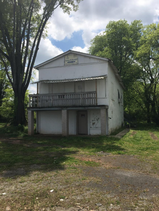 In 1903, the Prince Hall Grand Lodge of Alabama, the primary group of African American Free Masons in Alabama, granted charter to the George W. Braxdall Lodge, the twenty-eighth lodge in Alabama to receive a charter. That same year the lodge occupied the building at 817 Church St. in Decatur, a space they have utilized for 115 years. The structure is a two-story, stucco over block building with a gabled roof and a balcony supported by three brick columns. Over the years, the membership, and funding levels of the lodge has declined. Because of this, the building has suffered decades of deferred maintenance. Recently, the City of Decatur issued notice to the group requiring these repairs be made or face demolition. The lodge lacks the funding and knowledge to accomplish these repairs and save their historic building. However, they have the organization to succeed with the needed assistance that potentially comes with the recognition afforded by listing to Places in Peril. For more information about the Braxdall Lodge, please contact: Winston Engram: 256.445.0087, uhawl99gmail.com Another nomination by the Alabama Historical Commission (AHC), the Ada Hannah School, began as a Rosenwald school that served the African American community of Marion County for several decades. However, after the Brown v. Board decision in 1954, the State of Alabama committed itself to maintaining “separate but equal” educational accommodations for both whites and blacks and began a period of school construction not previously seen in Alabama. The schools built between 1954 and 1969, are referred to as “Equalization Schools.” The Ada Hannah School in its equalization form was completed in 1965 as one of two schools built for the African American community. The new school building served Marion County for four years until Alabama integrated its public-school system and the county abandoned the new school.
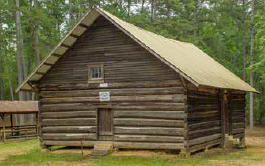 Tucked deep in the woods and hills of the Talladega National Forest is the Shoal Creek Baptist Church. Nominated by the Shoal Creek Church Preservation Society, the church is a gabled log structure on foundation piers. People settled this part of the state in the 1830s and the Shoal Creek area was incorporated in 1866 as a part of Cleburne County. In the 1880s, the Missionary Baptist Church constructed a building near the present site, but it burned and was replaced by the current building. The population of this area declined into the 20th century and by 1914 the congregation stopped meeting regularly. However, the building was not abandoned and is used annually for sacred harp singing. It remains a prominent landmark on the Pinhoti National Recreation Trail. 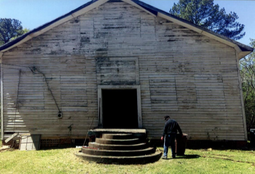 Nominated by the Alabama Historical Commission (AHC), the structure is a gabled-roof building with clapboard siding. It was recently listed to the Alabama Register of Landmarks and Heritage for its importance to the African American mining village in Acmar. Built in 1905 by the Acmar mining company, it served as the First Missionary Baptist Church until 1977. Until the 1930s, the building also served, for a time, as the community’s Acmar junior high school. |
Alabama's Endangered Historic LandmarksEach year since 1994, Alabama Heritage has highlighted threatened historic sites throughout Alabama. The “Places in Peril” list has identified more than 215 imperiled historic resources throughout the state, and is compiled by the Alabama Historical Commission and the Alabama Trust for Historic Preservation. The locations highlight the results of deferred maintenance, perceived obsolescence, development pressures, and lack of funding—forces that now more than ever threaten our cultural legacy. But awareness is a powerful force, too, and can cultivate a renewed determination to be responsible stewards of our heritage. For more information, visit the AHC or the ATHP websites. Alabama Heritage is proud to bring to you a selection of the places designated as perilous. Please keep your comments to information relevant to the featured place in peril. Alabama Heritage reserves the right to delete any comment that we deem inappropriate. Archives
May 2024
|
|
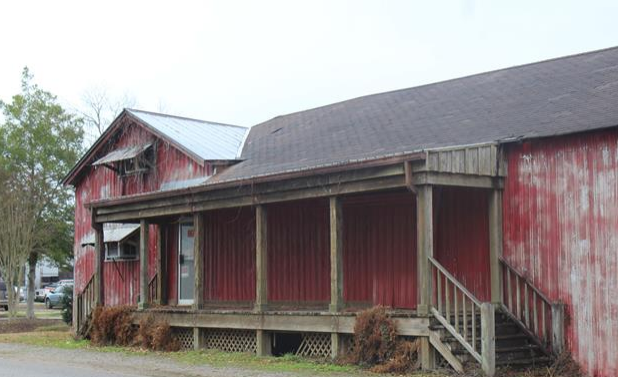
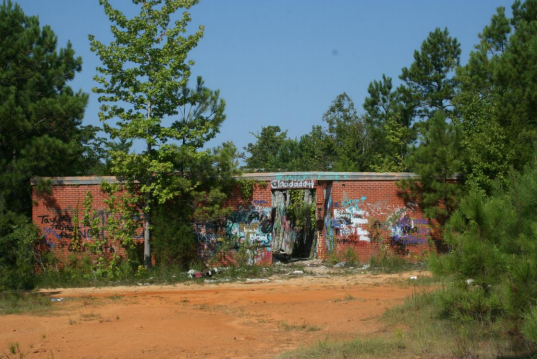
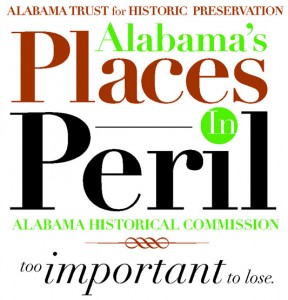
 RSS Feed
RSS Feed